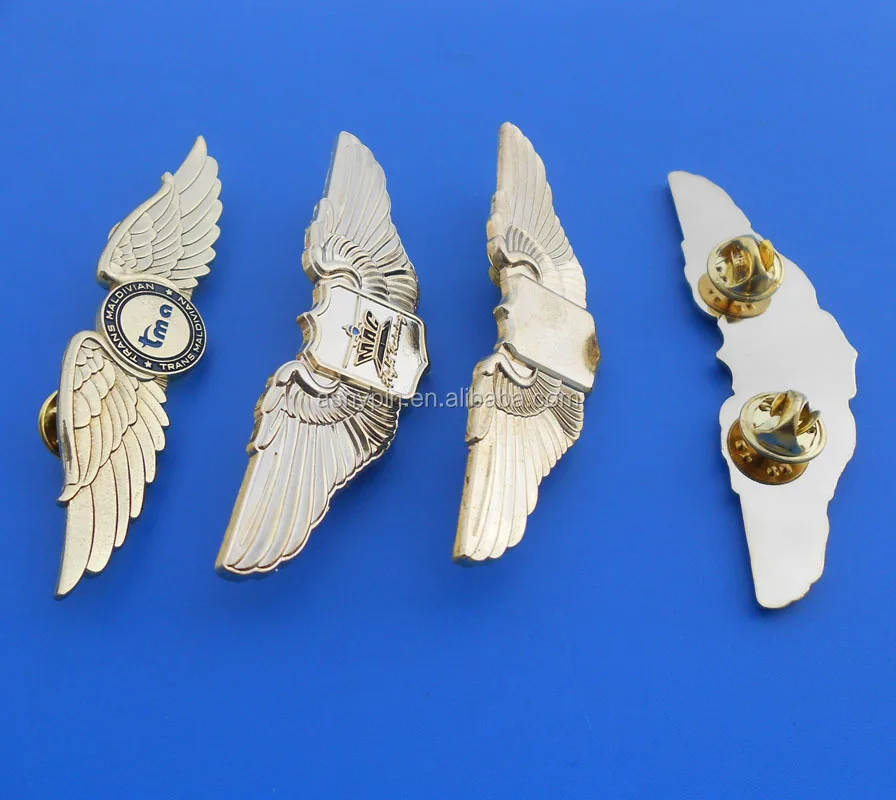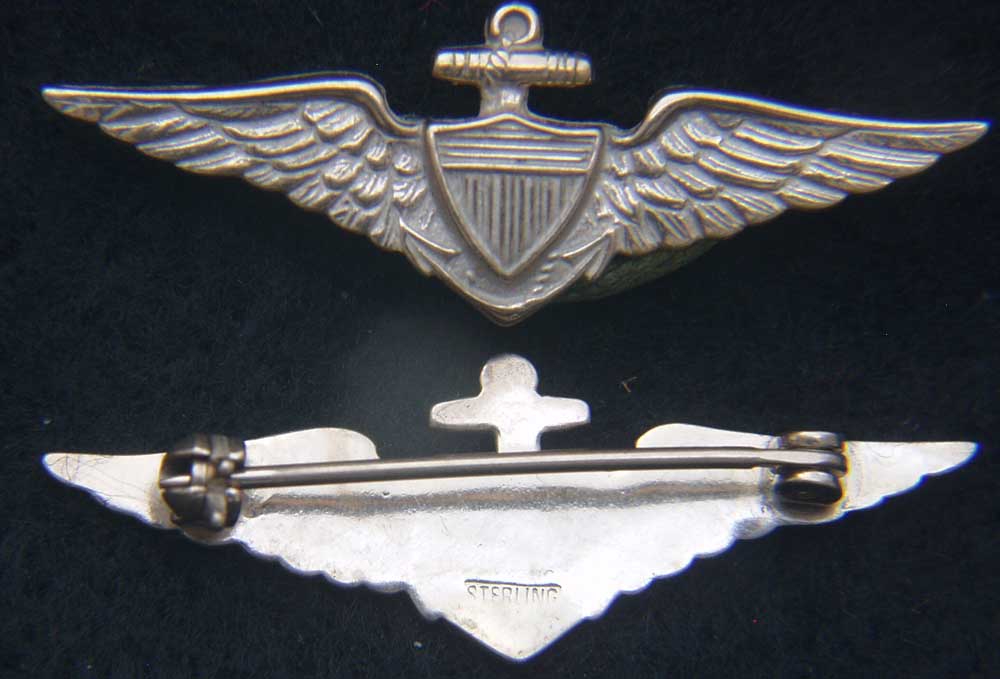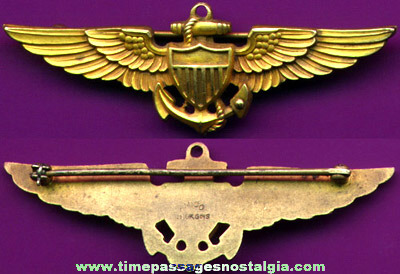

The premier long-range plane, originally to be a Douglas DC-4 commercial airliner, became the C-54. For the long over-water flights, B-24 bombers were modified as cargo planes and designated C-87s. Its mission was enhanced by the Curtiss C-46 which had twice the carrying capacity of the C-47. The Douglas C-47, a conversion of the successful commercial DC-3 airliner, proved to be a mainstay in all theaters of operation.

This report focuses on the activities of ATC. The Navy provided a similar operation to its forces with the much smaller Naval Air Transport Service (NATS). Each division was responsible for the movement of supplies, equipment, and key personnel within its sector and coordinated its activities with other divisions to provide a worldwide delivery system. To meet the airlift requirements in these large areas, the Air Transport Command (ATC) was divided into nine wings (or in 1944, divisions) and were assigned geographical sectors.

The major airlines helped with the organization, and the aircraft manufacturers came through with the planes needed for the difficult missions. allies, a military air transport system was needed.

Troops were deployed overseas, and combat air forces were formed and located in strategic areas of the world. He received his Naval Aviator designation on the 7th of July, 1918.Air Transport Command – Airlift During WWII by Jack Kinyon, ATC, 1942-1947 The BeginningĪfter the bombing of Pearl Harbor on 7 December 1941, the United States was suddenly involved in two major wars, one in the Pacific against Japan and the other in Europe against Germany. This wing belonged to John MacKay Lott, Naval Aviator 1187. This is a WWI to early post war period piece. Eventually, the Navy contract was awarded to Bailey, Banks & Biddle in November 1917 but for another badge 2 3/4" wide with closed flukes however, the firm continued making examples of this badge for sale in both 14k-gold and Sterling Silver with a gold wash. The die for this 3 1/4" wide badge with closed flukes was made by Bailey, Banks & Biddle in 1917 while the firm was competing for a contract with the U. That same month the Navy Bureau of Navigation (BuNav) also rejected the silver wings in favor of bronze. On 12 October 1917 the letters 'U.S.' were officially omitted. Reuterdahl had BB&B add a slight curve to the shape of the body and feathers along with a redesigned rope and left fluke becket. 3) in collaboration with Bailey, Banks and Biddle on the design of an official Naval Aviator pilot badge. This is the 1917 "Type 1" badge with gold 'U.S.' letters on the center shield. You can also see Ensign Piper's transitional RAF badge in the WW1 Britain section. It is an absolute treat to be able to display this badge on the site.
NAVY FLYING HALF WING PIN HOW TO
Their mission? To learn how to fly dirigibles/airships with the RNAS and then do submarine patrol duty flying over the North Sea and the English Channel. Those 15 men were the first group of US Navy Seamen sent to England in 1917 after the US declared war against Germany. This exceedingly rare badge was only ever received by 15 U. Made in England, this badge was worn by Ensign Robert L. Click on the images to see a larger version and the back of the wing/badge


 0 kommentar(er)
0 kommentar(er)
